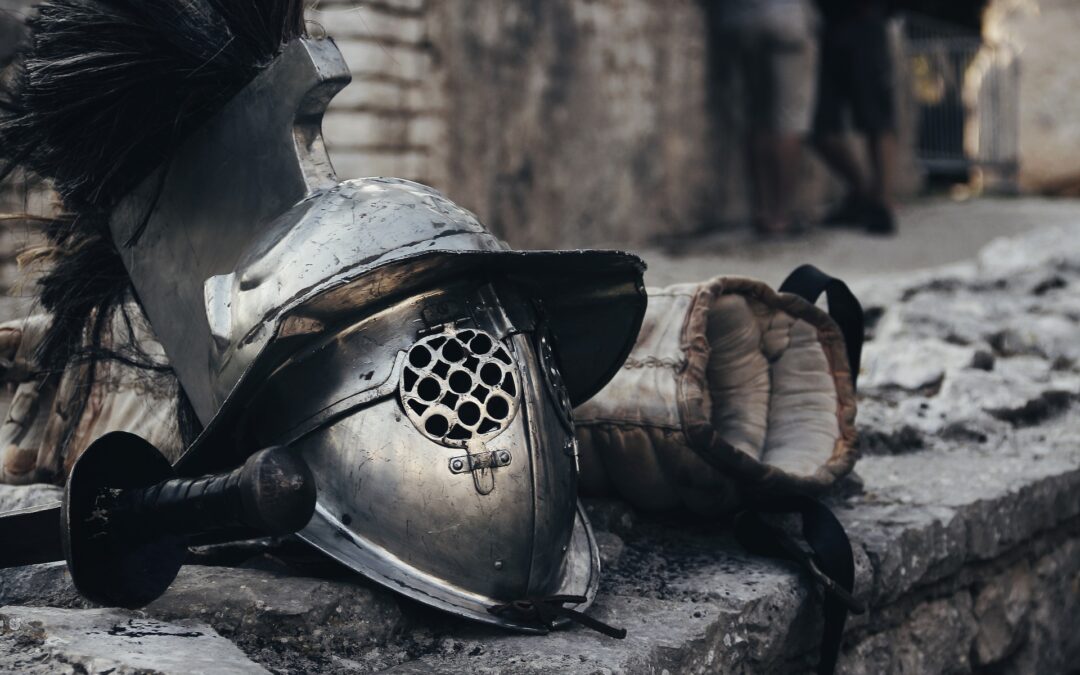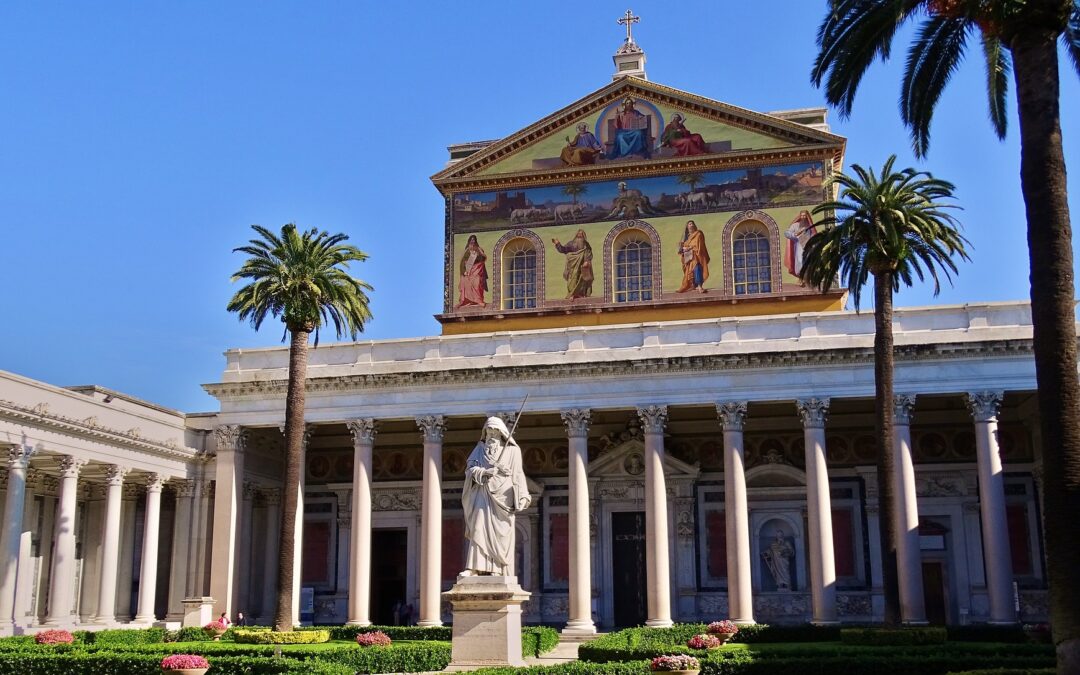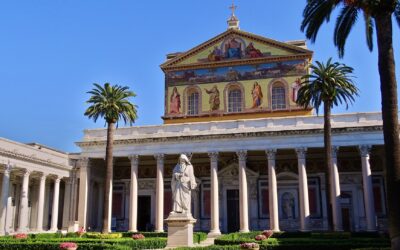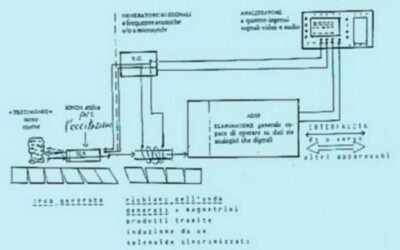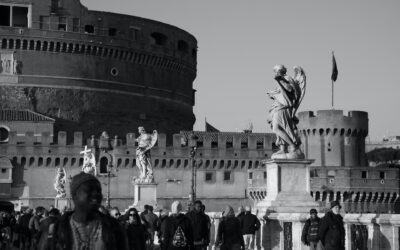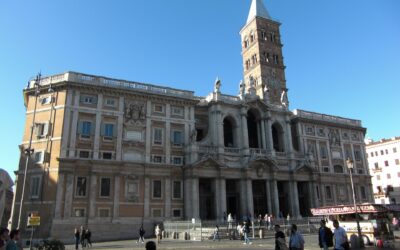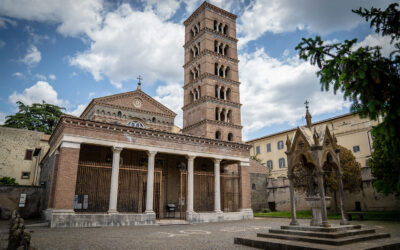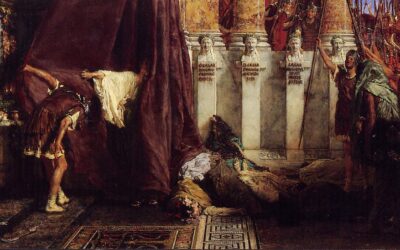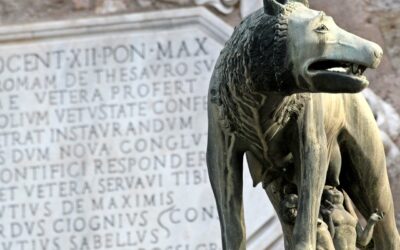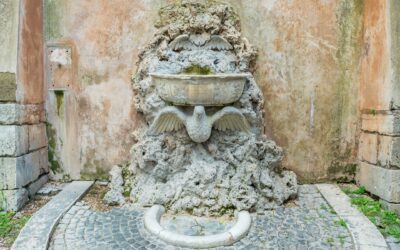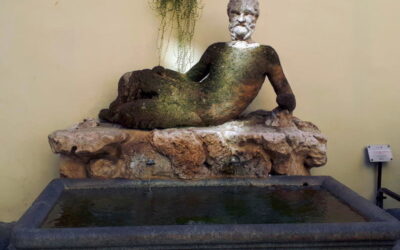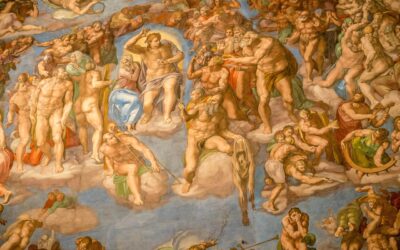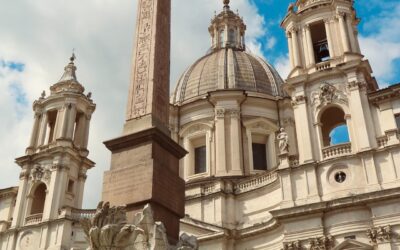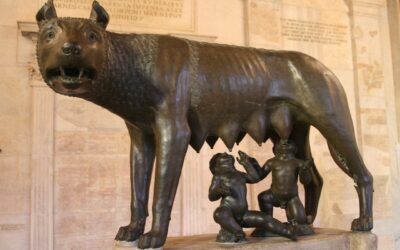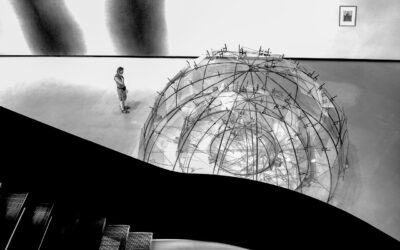Introduction
Campidoglio Hill, also known as Capitol Hill, holds a significant place in the history and artistry of Rome. Situated in the heart of the city, this iconic hill has witnessed the rise and fall of empires, serving as a symbol of power and authority throughout the ages. From its ancient origins to its transformation into an architectural masterpiece, Campidoglio Hill stands as a testament to Rome’s rich cultural heritage. This article explores the captivating history and art of Campidoglio Hill, shedding light on its remarkable journey through time.
History of Campidoglio Hill
Campidoglio Hill’s history dates back to ancient times when Rome was still a fledgling city. It was here that the city’s political and religious institutions were established, making it the focal point of Roman governance. The original settlement on the hill was known as the Capitoline Hill, derived from the Latin word “caput,” meaning head, as it was considered the head of the city. The Capitoline Temple, dedicated to Jupiter Optimus Maximus, was built on the hill during the 6th century BCE, symbolizing Rome’s connection to the gods.
Over the centuries, Campidoglio Hill played a central role in Roman history. It witnessed triumphs and defeats, the rise and fall of emperors, and the transformation of Rome into the capital of a vast empire. In the Middle Ages, the hill fell into disrepair, with many of its ancient structures crumbling. However, its historical significance was never forgotten, and efforts were made to revive and restore this architectural treasure.
Artistic Transformation
In the 16th century, Pope Paul III commissioned renowned Renaissance artist Michelangelo Buonarroti to redesign Campidoglio Hill. Michelangelo envisioned a grand square that would bring together the buildings surrounding the hill, creating a harmonious ensemble. His architectural masterpiece, known as the Campidoglio, transformed the hill into a symbol of Rome’s artistic splendor.
The centerpiece of Michelangelo’s design is the magnificent Capitoline Square, characterized by its trapezoidal shape. At the heart of the square stands the equestrian statue of Marcus Aurelius, a Roman emperor renowned for his military victories. The statue serves as a reminder of Rome’s glorious past and symbolizes the city’s resilience.
Flanking the square are three palaces: Palazzo Senatorio, Palazzo dei Conservatori, and Palazzo Nuovo. Palazzo Senatorio, originally the seat of the Roman Senate, now houses the city hall of Rome. Palazzo dei Conservatori, with its impressive collection of ancient sculptures, is home to the Capitoline Museums. Palazzo Nuovo, the newer of the three, contains a vast array of classical sculptures and artworks.
The entire composition exudes a sense of harmony and balance, showcasing Michelangelo’s mastery of Renaissance principles. The travertine paving, the grand staircase, and the symmetrically arranged facades all contribute to the timeless beauty of Campidoglio Hill.
Campidoglio Hill stands as a testament to Rome’s rich history and artistic legacy. From its ancient origins as the Capitoline Hill to its transformation under Michelangelo’s visionary design, this historic landmark showcases the architectural splendor and cultural heritage of the Eternal City. Today, Campidoglio Hill remains an essential destination for visitors, offering a captivating glimpse into Rome’s glorious past and the artistic genius that shaped it. As one explores the breathtaking square, the statues, and the palaces, the timeless allure of Campidoglio Hill leaves an indelible mark on the hearts and minds of all who visit.


